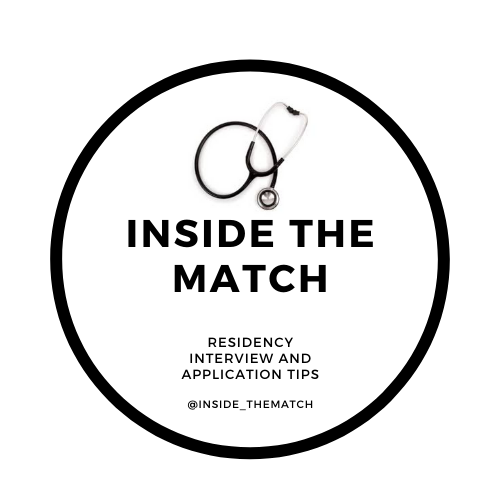Tips to Excel on a Child Neurology Sub-I
Written by Megan Gupta
Congratulations! Doing a Sub-I in child neurology means you are very seriously thinking about the field, which is very exciting.
Peds Neuro does not require a Sub-I. However, I found them to be incredibly instrumental in gaining experience in the field at different institutions (I did three) and connecting/speaking to residents and faculty. Completing a Pediatrics Sub-I at your home institution before you do your away is highly recommended.
One of the best pieces of advice I received from my advisors and mentors was to take initiative. Students usually receive limited exposure to this field in medical school beyond developmental milestones. Residents and attendings do not expect you to know everything about different diagnoses (many of these are rare genetic conditions) and how to treat the patient. However, students who integrate well into the team flow, preround effectively on patients including developing great rapport with patients and their families, conduct thorough and complete neuro exams, and present concise yet thorough presentations on patients that demonstrate appropriate next steps, shine.
Step 1. Practice your neuro exam. You will get better at reflexes over time, but don’t be afraid to ask residents how they recommend eliciting these. Carry a small backpack for your tools (get your own reflex hammer and tuning fork), a foldable clipboard, paper, pens, and I highly recommend getting a small toy (can use it to test extraocular movements). I also kept a gecko penlight (Amazon has penlights in different animals) that helped with both examining pupils and naming objects as part of the exam and stickers (optional).
Step 2. Learn the EMR. It may take a while—ask residents and even students from that institution for help! Learn how to access medical records as you should chart review prior testing/lab and imaging results and notes from other specialists. Spend most of your time on the assessment/plan section of your notes. I cited research and put citations at the bottom of my A/Ps (these were often multi-paragraph) and got great feedback regarding how thorough my notes were. I highly recommend reading up on your patients’ conditions, even when you get home at the end of the day, and asking questions about what you read if you think that changes management or you did not understand something.
Step 3. When you preround, speak to nurses about overnight events and parents about concerns they have. Volunteer to communicate between the team and families—this can save valuable time on rounds! Presentations are your time to shine. Learn how to present effectively as these children may have long and complicated medical histories. Craft a thorough one-liner and be sure to ask parents for any relevant past medical history such as any prior head injuries, serious illnesses, history of seizures, medications and their doses (learn how to calculate pediatric dosing), history of missed milestones, receiving any additional help in school, etc. Past day one of hospitalization, include any pertinent overnight events, results from testing/imaging, and any changes from your prior exam findings. Ask residents if they can review your assessment/plan before you present on rounds as many students, including me, struggle with developing a broad differential. Speak with the primary team if you are on a consult service. Volunteer to see patients your team has been consulted on in the ED—residents appreciate your help as neurology is often a hectic service!
Step 4. Take opportunities to attend family meetings. This field requires being able to disclose very difficult conditions that are hard for families to accept. By shadowing, you can start developing your strategy for how you will conduct these in the future. It is also important to acknowledge this field can be emotionally challenging at times. Recognize when you need to grieve and reach out to your support system, even residents on service, to process.
During the rotation. Attend resident lectures and participate as appropriate. Try to meet with program leadership and/or work with them directly! They will be more likely to remember you when interview season rolls around.
Study Resources. As mentioned above, these cases are complicated. Great reference materials are Fenichel’s Clinical Pediatric Neurology (understandable at the medical student level), UpToDate, and Continuum. Review your neuroanatomy. At a minimum, have a good understanding of headaches, migraines, tic disorders, seizures (being able to interpret basic EEGs can be seen as very impressive!), strokes, neurocutaneous disorders, autism, and ADHD.
Additional bonus tip—Keep a patient log of interesting cases (de-identified, HIPPA compliant of course). You may get asked on the interview trail about interesting/challenging cases, or you may want to mention these cases in your residency application like in your personal statement. Your future self will thank you!
Lastly, be kind to yourself and others—fellow students, ancillary staff, etc. Enjoy the experience!

